Chinese coins catalog and price guide
Coins of Empire of China (before 1912)
The first emperor Shi Huangdi united China
under his rule, forming the Qin Empire (221-206 BC).
The second empire in Chinese history, called Han (206 BC-220
AD), was founded by Liu Bang, who came from the middle
officialdom. This period is considered one of the most important
periods in Chinese history, the Chinese themselves took their
self-name from here (Han Chinese).
The Tang (618-907) and Song (960-1127) eras are commonly
referred to as the classical period in Chinese history.
At the beginning of the 13th century, the Mongols united under
Genghis Khan invaded China. They were expelled in the middle of
the fourteenth century after a long struggle. One of the leaders
of the rebellion came to power - the son of a peasant Zhu
Yuanzhang, who founded the state of Ming (1368-1644).
The Qing dynasty (1644-1911), created by nomadic conquerors from
Manchuria, built the last empire, maximizing the country's
territory.
After a series of defeats in the Opium Wars, China was forced to
enter into unequal treaties with European powers, opening its
markets and placing its main ports under foreign control.
The Manchu dynasty was overthrown in the Xinhai Revolution
(1911). The Qing Empire collapsed and the establishment of the
Republic of China was proclaimed.
Coins of Republic of China
Japanese occupation
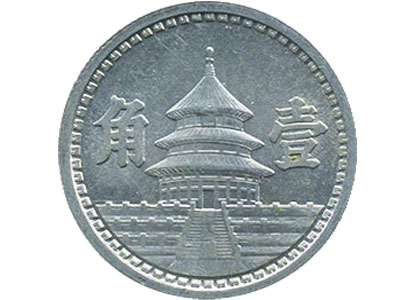 Provisional Government of China
Provisional Government of China
In Chinese

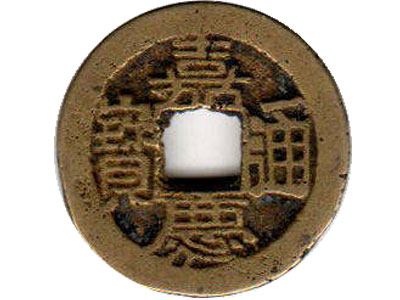 Cash coinage
Cash coinage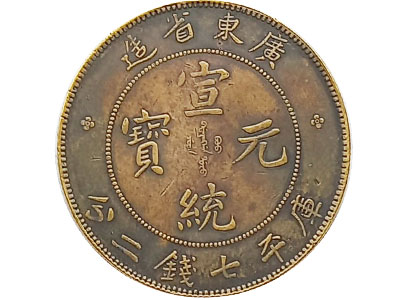 Dollar coinage
Dollar coinage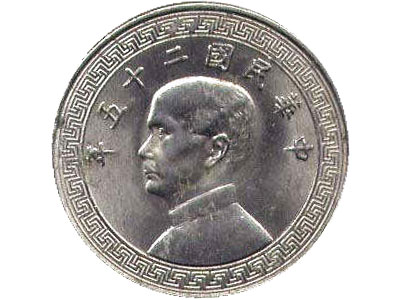 Republic 1912-1949
Republic 1912-1949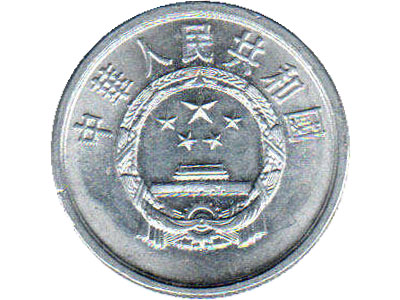 People's Republic of China
People's Republic of China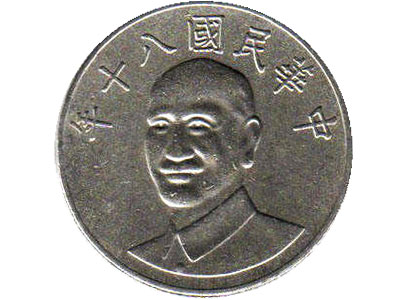 Chinese Republic (Taiwan)
Chinese Republic (Taiwan)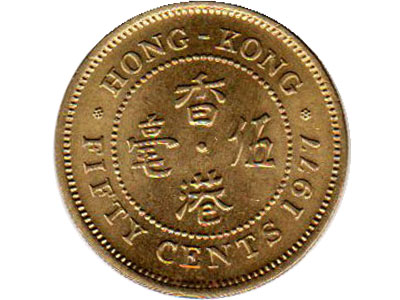 British Hong Kong (till 1997)
British Hong Kong (till 1997)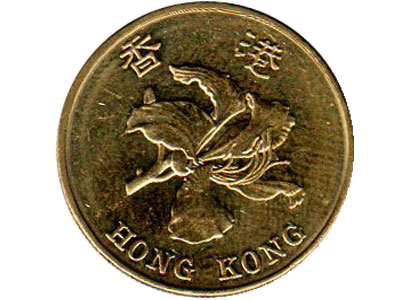 Hong Kong
Hong Kong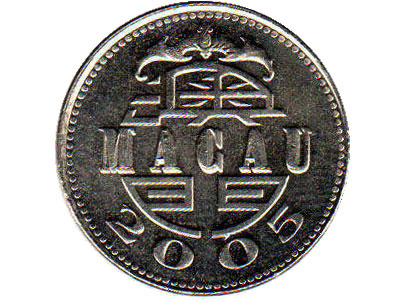 Macau
Macau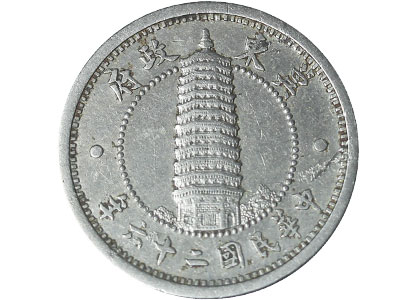 East Hopei
East Hopei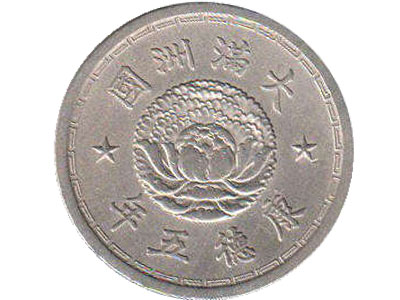 Manchukuo
Manchukuo